British Columbia is in the midst of a large-scale salvage program, the likes of which has never been seen. There is nothing sustainable about this harvest; this is a one-time activity initiated by the province to recover value from the trees killed by the mountain pine beetle epidemic and to speed regeneration of affected areas. Once those trees no longer have any economic value, salvage will stop and the province will need to sustainably manage the harvest of the remaining live trees. The issue, simply put, is that the more live trees that are harvested now, the lower the sustainable harvest level will be after the salvage program is finished. A report on the forest industry’s harvesting of beetle-killed timber confirms that industry has been meeting government’s expectations for concentrating harvesting on dead pine trees, but says the harvest of other kinds of trees is increasing more than expected in some areas of the province.
The Forest Practices Board is concerned with the growing number of non-compliances showing up in recent audit reports, and is very concerned about how many of those non-compliances involve unsafe bridges. Based on these audit results, the Board undertook a special investigation of bridge planning, design and construction. Over the 2013 field season, the Board examined 216 bridges built on resource roads since January 2010 in five districts around the province.
The investigation focused on safety, protection of the environment and planning. Results were variable across the five districts and amongst builders.
This bulletin explores risk management in BC forest operations, and suggests that it needs to be transparent and fair, while reflecting the public’s interest in the resources. It is the fifth in a series of new Forest Practices Board bulletins describing important issues for forest management identified in recent Board work.
Planning and practice requirements of the Forest and Range Practices Act (FRPA) and the Wildfire Act (WA) are the minimum legal requirement on public land in British Columbia. The government inspects licensees’ forest and range activities for compliance with these requirements and may take enforcement action for non-compliance. This helps to hold licensees accountable and is an indication that the legislation is working.
In 2010, the Ministry of Forests, Lands, and Natural Resource Operations (MFLNRO)—the government ministry responsible for monitoring forest and range activities on public land—began inspecting activities other than forest and range as part of its new legislative responsibilities. In this report, the Board looked at the extent to which the government still inspects forest and range activities. It found the number of inspections of forest and range activities for the year ending March 31, 2012 were a third of the number carried out three years earlier.
